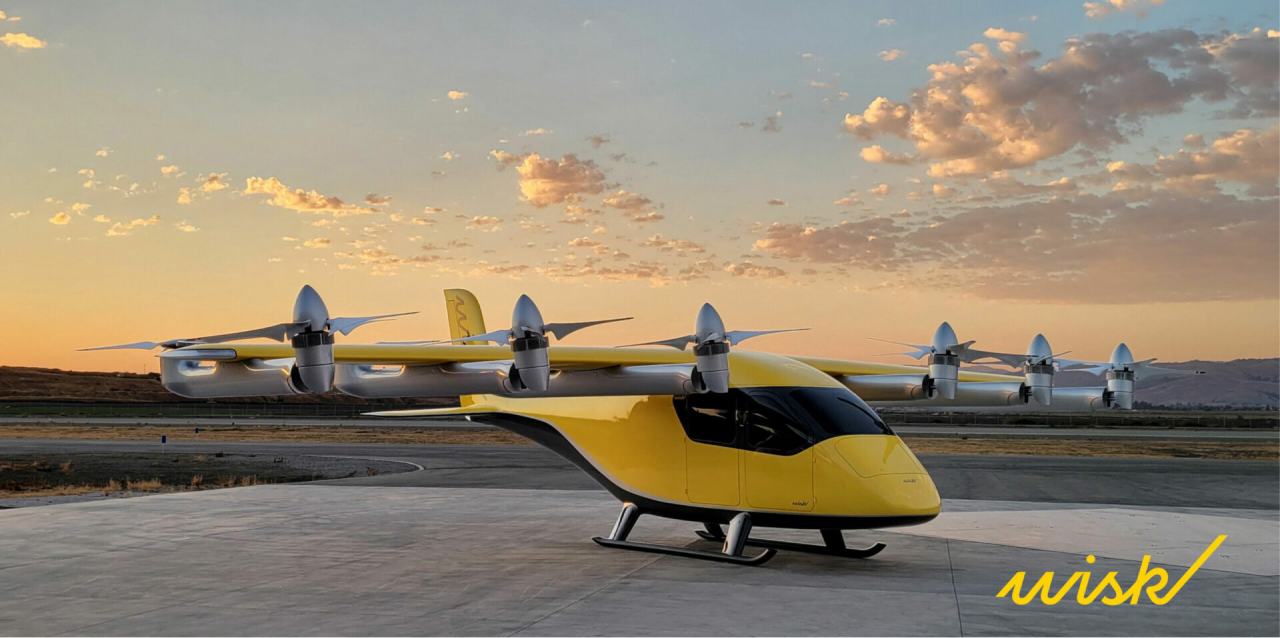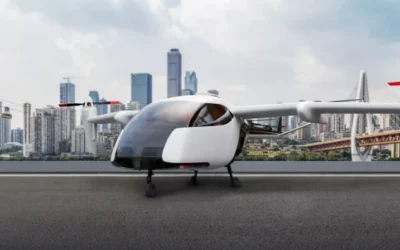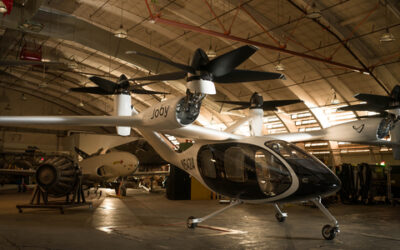Wisk Aero Now Owned by Boeing
This acquisition is another strong signal in the market of eVTOL’s and their likelihood to one day become a commonplace mode of transportation. It seems like a safe-bet here to see Boeing’s ownership of a Wisk as one of confidence in the market and the technology. Boeing is clearly positioned to be a major player in this space with a proven history and track record in aerospace dating back more than 100 years spanning from airplanes to helicopters and satellites.
Boeing has reportedly acquired Kitty Hawk’s shares in Wisk, making it a wholly owned subsidiary, though Wisk CEO Brian Yutko said the air taxi enterprise will retain its independence. Yutko did not disclose the terms of the agreement.
Formed in 2019 out of a joint venture between Boeing and Kitty Hawk, Wisk is essentially the continuation of Page’s Zee.Aero, which merged with Kitty Hawk in 2017 and was later rebranded to Cora. Once combined with Boeing, Cora was rebranded and spun off as Wisk, which has continued to develop the Cora air taxi under the Wisk brand.
Since then, Boeing has provided Wisk with heaps of technological and industry expertise—and financial backing. In January 2022, it invested $450 million into the air taxi developer, making it one of the most well-capitalized firms in the business.
The funding will help Wisk develop its four-seat Generation 6 air taxi prototype, unveiled in October, which is designed to obtain FAA type certification. The company attests that the eVTOL will have a 36-foot wingspan, a range of about 90 sm, with reserves, and a cruise speed of about 120 knots. It features 12 tilt-rotor propellers mounted ahead of the wings.
In January, Boeing reaffirmed its commitment to Wisk, appointing Yutko—who has fulfilled multiple leadership roles for the aviation giant—as chief executive.
Are Urban Air Taxis On the Roadmap?
Since Kitty Hawk has dissolved and Boeing’s acquisition of Wisk, which Yutko described as “hand in hand,” the industry titan’s move shouldn’t come as a big surprise. What’s interesting, though, is that Wisk has not yet pursued the special purpose acquisition company (SPAC) route that rivals Archer and Joby Aviation did when they went public in 2021.
Also, unlike Archer and Joby, Wisk is taking its time on certification and commercialization. While its rivals are targeting air taxi launches in 2025, the Boeing-backed firm has elected to move more deliberately.
So far, it’s opted not to provide a timeline for certification, a process that may take longer than others due to the firm’s choice to fly autonomously. As a result, Wisk expects to reach the market after many of its competitors. That will give firms such as Archer and Joby a runway to establish market share, but Yutko is bullish on the self-flying design’s prospects in the long run.
To date, Wisk has agreed to fly air taxis for urban air mobility operator Blade and is planning to launch services in Southern California, Australia, New Zealand, Japan, and elsewhere once it achieves certification for the Generation 6.
In September, Wisk and Boeing unveiled the first operational road map for those operations, explaining exactly how they will enable safe flight and suggesting potential rules and standards that might further that goal.
Still, Wisk’s self-flying eVTOL design will have more hurdles to jump through than its crewed counterparts. The FAA has yet to outline standardized certification requirements for air taxis—rather, it’s working with a handful of manufacturers (Archer and Joby included) to certify specific models. The approach seeks to ensure safer flight, but it could create delays for
Sources, Credits and Resources
Flying Magazine – Advanced Air Mobility
Boeing’s Youtube Channel
Wisk Aero Secures $450 Million in funding
Simple Flying – Unmanned eVTOLs could enter service within decades




